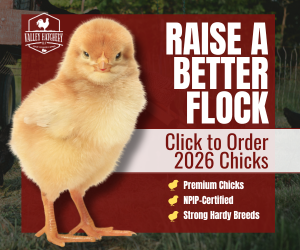You should check out this article:
https://livestockconservancy.org/images/uploads/docs/cookingwheritagechicken.pdf
It basically corroborates what others have explained so well on here but also lays the historical context out very clearly which I think really helps.
We slaughter most of our dominique cockerels by around 3 months and split them in half with poultry shears (quick and easier to clean that way, and ready for marinade and bbq). backbones, feet, organs etc can be saved too for stock and other uses. This is traditional broiler age, and I think it makes sense with flocks that are primarily focused on eggs, because it allows you to cull all but a few potential breeders before they are old enough to start crowing, require more space, and generally become a handful: crow, spar, chase the hens, and really start to wolf the feed. but they are still big enough where one of the halves, grilled, makes for a single satisfying serving with sides. By producing mainly broilers (heritage broilers, not to be confused with modern hybrid broilers) we still get some nice dinners but we save on feed and don't need extensive separate housing or to put in a lot of extra effort beyond what is required already in raising replacement pullets.
At least, thats what we lean toward nowadays.
I also think size, in and of itself, is totally overrated. A meal is a meal, and it's still enjoyable regardless of the weight of the amount of meat incorporated into it. I'm more interested in quality and flavor than in volume and find that much more relevant. Whether I eat a quarter pound of chicken with a half pound of mashed potatoes or a eighth of a pound of meat with 5/8 of a pound of mashed potatoes isn't really what makes a huge difference to us--but raising and buying feed for 8 or 10 rowdy hungry cockerels for an extra month or two really does make an impact on our lives.

BTW I have to say, it also bugs me too when people obsess over the finished weight of a bird but then throw out the organs, necks, and feet--here they are so keen on feed to meat conversion and growth rates, but they are throwing away a significant portion of the bird's total food value potential!

(I understand if they are concerned with profit margins on marketable product, of course, thats different). Heck, some people even use the intestines and heads too, in places where people really can't afford to waste food...
Good luck!





